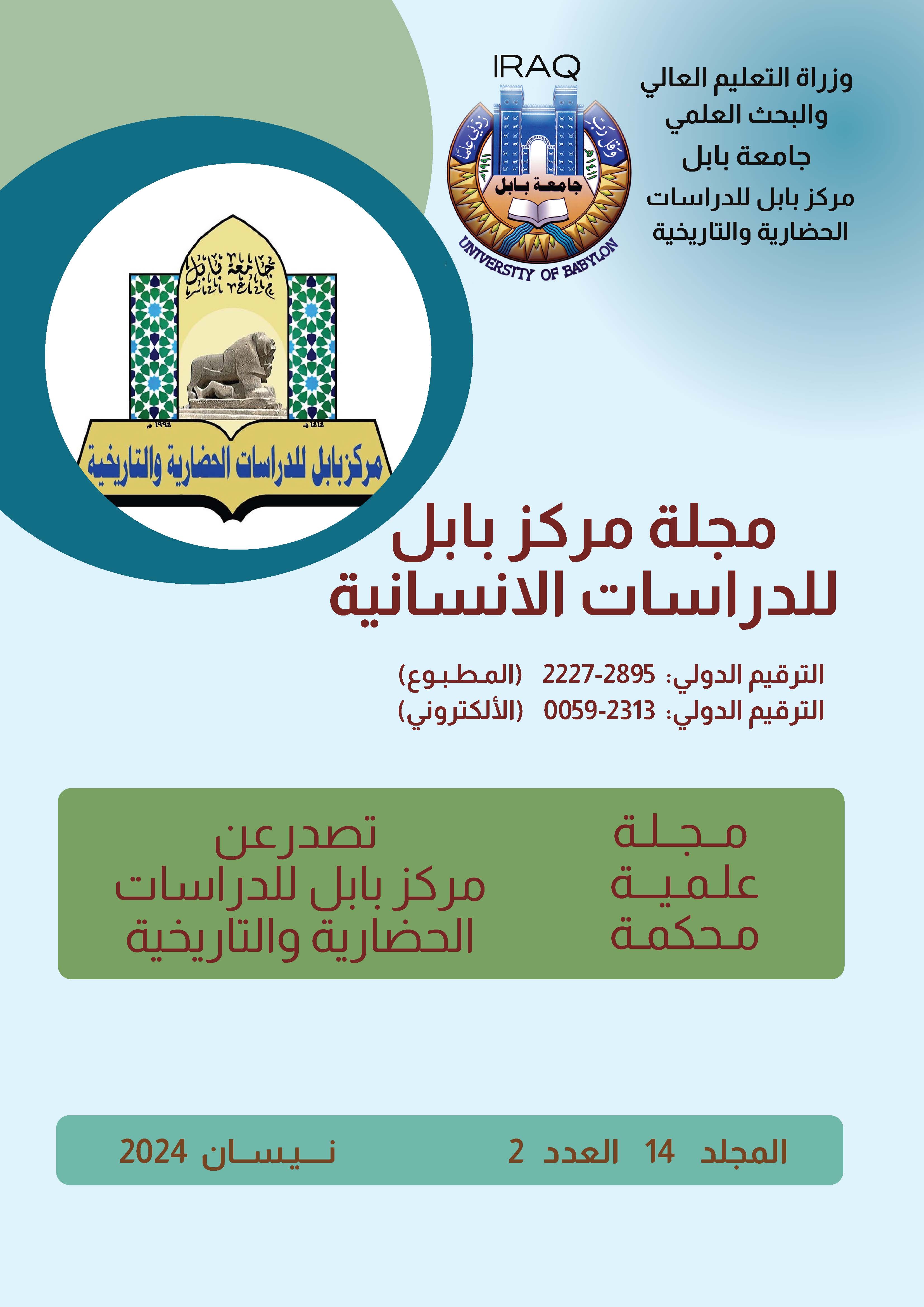Metrical Variation and Its Impact on Rhythm and Signification in the Works of Al-Barae Al-Baghdadi ( A Critical Study)
Keywords:
Phenomenon, Rotation, Rhythm, Signification, Al-Baghdadi, CriticismAbstract
This phenomenon did not capture the attention of scholars in a way that draws attention to the old critical lesson, as critics and performers did not establish it in its poetic form, despite the receipt of some names indicating it, which will be talked about in its place, while it is a phenomenon prevalent in ancient Arabic poetry and has its impact on it at the level of form and content.Research Methodology: The study was conducted on a collection of poetry collected, presented, documented and achieved by Mr. Hilal Naji, as he showed that most of the sources referred to a diwan of poetry in the poet's handwriting, but he did not reach us, so he benefited from Dr. Younis Al-Samarrai, who counted (112) houses mentioned in his book: (Al Wahab from literary families in the Abbasid era) and then made an effort to collect them, reaching (434) houses, and included another poet with him, so the title became (Diwana Al-Qasim Al-Marimi, and Al-Hussein bin Muhammad Al-Baree Al-Baghdadi, their lives and poetry).The research mechanism: The study required the development of a mechanism that clarifies the general vision of the way the information is presented, how the studied sample is processed, and its statement in the preamble of the study. Objective: The research aims to clarify the phenomenon of rotation and its effectiveness in influencing the poetic text between the levels of rhythm and significance by benefiting from the axioms of the study, as well as the statistics necessary for the study.Conclusion: We are facing a critical symptomatic phenomenon that needs to be studied and examined for a research sample, through which the research revealed the nature of recycling, its degrees of presence in heritage, its ancient names, and the stability of naming, as well as its representations in Arabic poetry and the extent of its impact on it.







